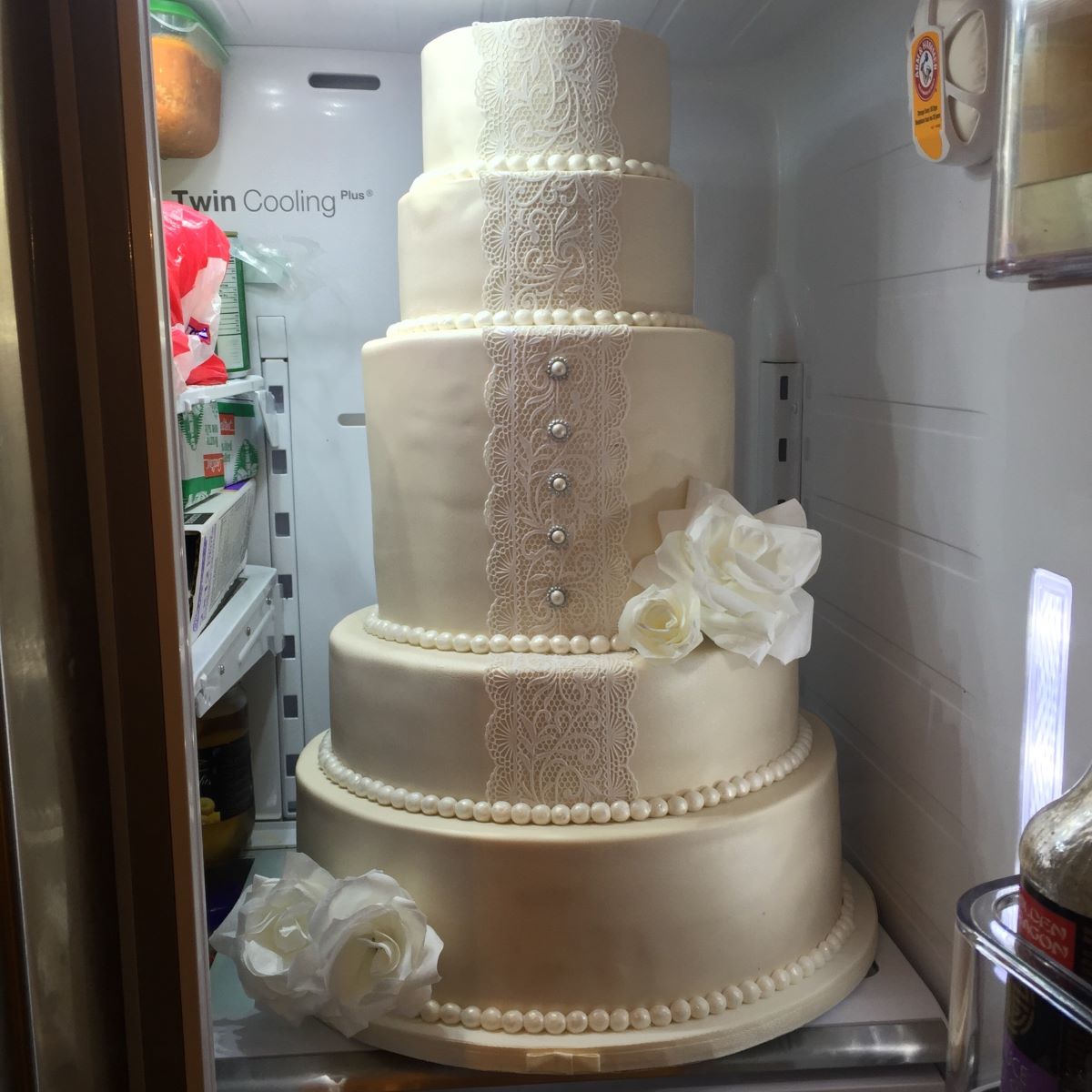

Articles
How To Store A Cake Covered In Fondant
Modified: February 22, 2024
Learn effective techniques for storing a cake covered in fondant with our insightful articles. Keep your cake looking fresh and delicious for longer.
(Many of the links in this article redirect to a specific reviewed product. Your purchase of these products through affiliate links helps to generate commission for Storables.com, at no extra cost. Learn more)
Introduction
Storing a cake covered in fondant can be a bit tricky, as you want to preserve its freshness and maintain the integrity of the fondant decoration. Whether it’s a cake for a special occasion or a masterpiece created by a professional baker, proper storage is essential to keep the cake looking and tasting its best. In this article, we will guide you through the process of storing a cake covered in fondant, ensuring that it remains delicious and visually appealing until it’s time to enjoy it.
When it comes to fondant-covered cakes, it’s important to handle them with care. Fondant is a sweet icing that can create a smooth and flawless finish on cakes. However, it is prone to damage and can melt or lose its shape if not stored properly. With the right techniques and a few insider tips, you can ensure that your fondant-covered cake stays fresh and stunning, whether you’re storing it for a few hours or several days.
In the following steps, we will walk you through the process of preparing the cake for storage, wrapping it correctly, choosing the right storage container, storing it at the correct temperature, and avoiding common mistakes that can ruin your beautifully decorated cake.
Key Takeaways:
- Properly preparing, wrapping, and storing a fondant-covered cake is crucial to maintaining its freshness and visual appeal. From crumb coating to choosing the right storage container, attention to detail is key.
- Avoiding common mistakes such as exposing the cake to air, storing it in a poorly sealed container, and leaving it at room temperature for too long is essential for preserving the quality of the cake and its fondant decoration.
Read more: How To Store A Fondant Covered Cake
Step 1: Preparing the Cake for Storage
Before you can store a cake covered in fondant, it is important to prepare it properly. This involves a few simple steps to ensure that the cake stays fresh and maintains its shape while in storage.
First, make sure that the cake has completely cooled down. Storing a warm cake can cause condensation to form, which can lead to a soggy and unappetizing cake. Allow the cake to cool to room temperature before proceeding.
Once the cake has cooled, it is a good idea to trim off any excess fondant or decorations that may have become damaged during the decorating process. Use a sharp knife to carefully remove any uneven or damaged areas, ensuring that the cake has a clean and polished appearance.
Next, give the cake a crumb coat. This involves applying a thin layer of buttercream or ganache to seal in any loose crumbs and create a smooth surface for the fondant. Use an offset spatula to spread a thin layer of icing all over the cake, making sure to cover the top and sides evenly.
After applying the crumb coat, refrigerate the cake for about 15-20 minutes. This will allow the icing to set and provide a stable base for the fondant. Chilling the cake also helps to firm up the cake layers, making it easier to handle and store.
Once the crumb coat has chilled, you can proceed to the next step of wrapping the fondant-covered cake securely for storage. Taking the time to prepare the cake properly ensures that it will stay fresh and visually appealing throughout its storage period.
Step 2: Wrapping the Fondant-Covered Cake
Properly wrapping a fondant-covered cake is crucial in maintaining its freshness and preventing any damage to the delicate fondant decoration. Here is a step-by-step guide to help you wrap your cake securely:
1. Start by applying a thin layer of icing sugar or cornstarch to your work surface. This will prevent the fondant from sticking and make it easier to handle.
2. Gently lift the fondant-covered cake and place it on the prepared surface. Take your time and handle the cake with care to avoid any tears or damage to the fondant.
3. Roll out a large piece of plastic wrap or cling film. The size should be big enough to fully cover the cake and provide a tight seal.
4. Place the plastic wrap over the cake, making sure it completely covers the top, sides, and bottom. Smooth out any wrinkles or air pockets to ensure a tight and secure wrap.
5. Once the cake is fully wrapped in plastic wrap, you can additional protection by placing it in a cake box. Opt for a sturdy and food-safe box that is slightly larger than the cake to allow for extra space.
6. Carefully place the wrapped cake inside the box, ensuring that it is centered and stable. If needed, you can use additional cushioning materials, such as crumpled parchment paper or bubble wrap, to secure the cake in place and prevent any movement.
7. Close the lid of the cake box tightly. Make sure it is sealed properly to maintain the freshness of the cake and prevent any air or moisture from entering.
8. Finally, label the box with the date of storage to keep track of how long the cake has been stored. This will help you to determine when it should be consumed to ensure optimal taste and quality.
By following these steps, you can wrap your fondant-covered cake securely, protecting it from air, moisture, and potential damage. This will help your cake stay fresh and maintain its beautiful appearance until it’s time to showcase and enjoy it.
Step 3: Choosing the Right Storage Container
When it comes to storing a fondant-covered cake, choosing the right storage container is key. The container you use should provide a suitable environment for the cake, ensuring that it remains fresh and protected. Here are some factors to consider when selecting a storage container:
1. Size and Shape: Choose a container that is slightly larger than the cake itself, allowing for some extra space. This will prevent the fondant from getting squished and maintain the cake’s shape. The container should also have enough height to accommodate any decorations on top of the cake.
2. Material: Opt for a food-safe container made from a durable and non-reactive material. Plastic or glass containers with tight-fitting lids work well for storing fondant-covered cakes. Make sure the container is clean and free from any strong odors that may affect the taste of the cake.
3. Airtight Seal: Look for a container with an airtight seal. This will help maintain the cake’s moisture levels and prevent it from drying out. An airtight seal also keeps out any unwanted odors or contaminants.
4. Sturdiness: Ensure the container is sturdy enough to protect the cake during transportation or handling. It should be able to withstand any potential bumps or impacts without compromising the cake’s integrity.
5. Visibility: If possible, choose a container with a clear lid or sides. This allows you to see the cake without opening the container, reducing the risk of unnecessary exposure to air or contaminants.
6. Stackability: If you plan to store multiple cakes or other baked goods, consider containers that can be easily stacked on top of each other. This can help save space and keep your storage area organized.
When selecting a storage container, it’s important to keep in mind the size and shape of the cake, the material and sealing capabilities of the container, and any additional features that may be beneficial. By choosing the right storage container, you can ensure that your fondant-covered cake is well-protected and maintains its freshness and visual appeal.
Store the fondant-covered cake in a cool, dry place away from direct sunlight and heat. Avoid refrigerating as it can cause the fondant to become sticky. Use a cake box to protect it from dust and air.
Step 4: Storing the Cake at the Correct Temperature
Proper temperature control is essential when storing a fondant-covered cake to preserve its freshness and prevent it from spoiling. Here are some guidelines to help you store the cake at the correct temperature:
1. Refrigeration: Most fondant-covered cakes can be stored in the refrigerator. It helps to maintain the cake’s moisture and keeps it from drying out. Before refrigerating, ensure that the cake is properly wrapped to prevent any absorption of odors from other foods in the fridge.
2. Cooling Time: Allow the cake to come to room temperature before refrigerating it. This prevents condensation from forming on the cake’s surface and causing it to become soggy. If the cake was freshly baked or recently frosted, give it some time to cool down completely before placing it in the refrigerator.
3. Storage Duration: Fondant-covered cakes can typically be stored in the refrigerator for about 2-3 days without compromising their freshness and taste. However, it’s always best to consume the cake as soon as possible after decorating for optimal flavor and texture.
4. Freezing: If you need to store the cake for a longer period or want to prepare it in advance, freezing can be a viable option. To freeze a fondant-covered cake, ensure that it is well-wrapped with plastic wrap to protect it from freezer burn. Place it in an airtight container or wrap it with an additional layer of aluminum foil for extra protection.
5. Thawing: When it’s time to enjoy the frozen cake, thaw it gradually in the refrigerator. This prevents any drastic temperature changes that could cause the fondant to become sticky or lose its texture. Leave the cake in the fridge overnight or for a few hours until it reaches room temperature.
Remember, extreme temperatures should be avoided, as they can affect the structure and appearance of the fondant. Avoid placing the cake in direct sunlight, near a heat source, or in a very cold environment. Maintaining the proper storage temperature ensures that your fondant-covered cake remains delicious and visually appealing.
Read more: How To Store A Cake With Fondant
Step 5: Avoiding Common Mistakes
When it comes to storing a fondant-covered cake, there are some common mistakes to avoid to ensure the best results. By being aware of these pitfalls, you can maintain the cake’s freshness and preserve its beautiful decoration. Here are some mistakes to avoid:
1. Exposing the cake to air: Fondant-covered cakes should be well-wrapped and protected from air exposure. Air can cause the fondant to dry out and become cracked or brittle. Always wrap the cake securely with plastic wrap or cling film to create a barrier against air.
2. Storing in a poorly sealed container: Airtight containers are crucial for maintaining the moisture levels in the cake. Ensure that the storage container has a tight-fitting lid or closure to prevent any air from entering. This will help the cake stay moist and fresh for longer.
3. Storing in the freezer without proper wrapping: If you plan to freeze your fondant-covered cake, make sure it is well-wrapped to prevent freezer burn. Freezer burn can affect the texture and taste of the cake, making it dry and unappetizing. Use plastic wrap, aluminum foil, or an airtight container for freezing.
4. Placing heavy items on top: Avoid placing heavy or bulky items on top of the fondant-covered cake. This can cause the decoration to flatten or become distorted. Keep the cake on a flat surface in the storage container, away from any potential crushing or damaging weight.
5. Storing in a humid environment: Fondant is susceptible to humidity, which can cause it to melt or become sticky. Avoid storing the cake in a humid area or near a source of moisture. Excessive moisture can ruin the fondant’s appearance and compromise the taste of the cake.
6. Leaving the cake at room temperature for too long: While it’s important to bring the cake to room temperature before serving, prolonged exposure to room temperature can lead to spoilage or degradation. If the cake has been out for more than a few hours, it’s best to refrigerate it to keep it fresh.
By being mindful of these common mistakes, you can ensure that your fondant-covered cake remains in perfect condition during storage. Taking the necessary precautions will help preserve the cake’s taste, texture, and decoration, ensuring a delightful presentation when it’s time to serve.
Conclusion
Storing a cake covered in fondant requires proper preparation, wrapping, container selection, temperature control, and avoiding common mistakes. By following the steps outlined in this article, you can maintain the freshness and visual appeal of your fondant-covered cake until it is time to enjoy it.
Starting with the proper preparation, ensure that the cake has cooled completely before trimming off any damaged areas and applying a crumb coat. This sets the stage for a flawless presentation.
Wrapping the fondant-covered cake securely is essential to protect it from air, moisture, and potential damage. Be sure to use plastic wrap or cling film to create a tight seal, and consider placing the wrapped cake in a sturdy, food-safe container for added protection.
Choosing the right storage container is crucial in maintaining the freshness of the cake. Opt for a container that is slightly larger than the cake, made from a durable and non-reactive material, and has an airtight seal. This will help to prevent moisture loss and the absorption of unwanted odors.
Storing the cake at the correct temperature is important to prevent spoilage and maintain the integrity of the fondant-covered cake. Refrigeration is usually recommended, but freezing can be an option for long-term storage. Just be sure to thaw the cake properly to avoid any texture or taste issues.
Avoiding common mistakes such as exposing the cake to air, storing it in a poorly sealed container, placing heavy items on top, storing it in a humid environment, leaving it at room temperature for too long, and more, will help preserve the quality of the cake and its fondant decoration.
In conclusion, by following these steps and avoiding common mistakes, you can ensure that your fondant-covered cake remains fresh, visually stunning, and delicious. Proper storage techniques go a long way in preserving the hard work and artistry that went into creating the cake, allowing you to enjoy it to the fullest when the time comes.
Frequently Asked Questions about How To Store A Cake Covered In Fondant
Was this page helpful?
At Storables.com, we guarantee accurate and reliable information. Our content, validated by Expert Board Contributors, is crafted following stringent Editorial Policies. We're committed to providing you with well-researched, expert-backed insights for all your informational needs.
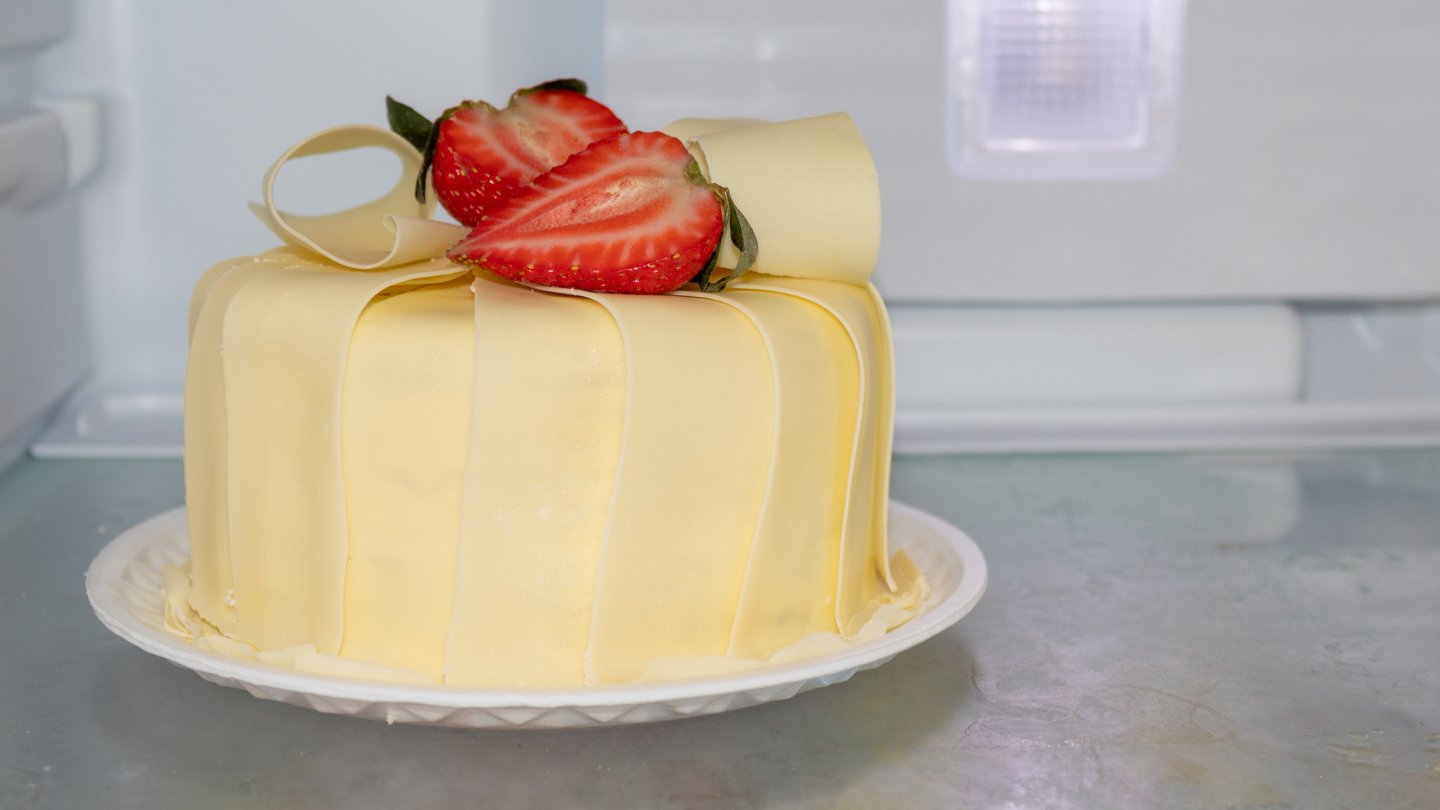
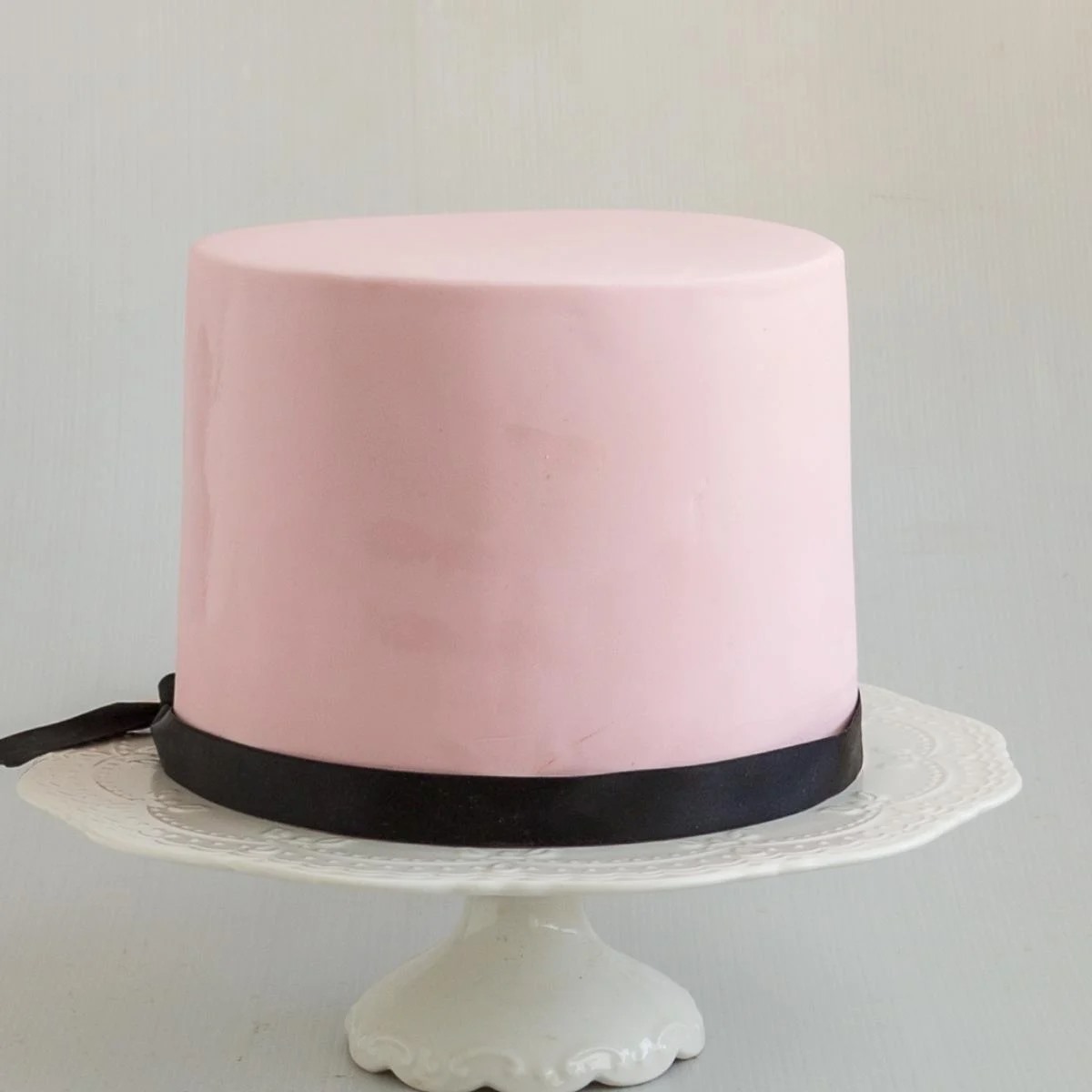
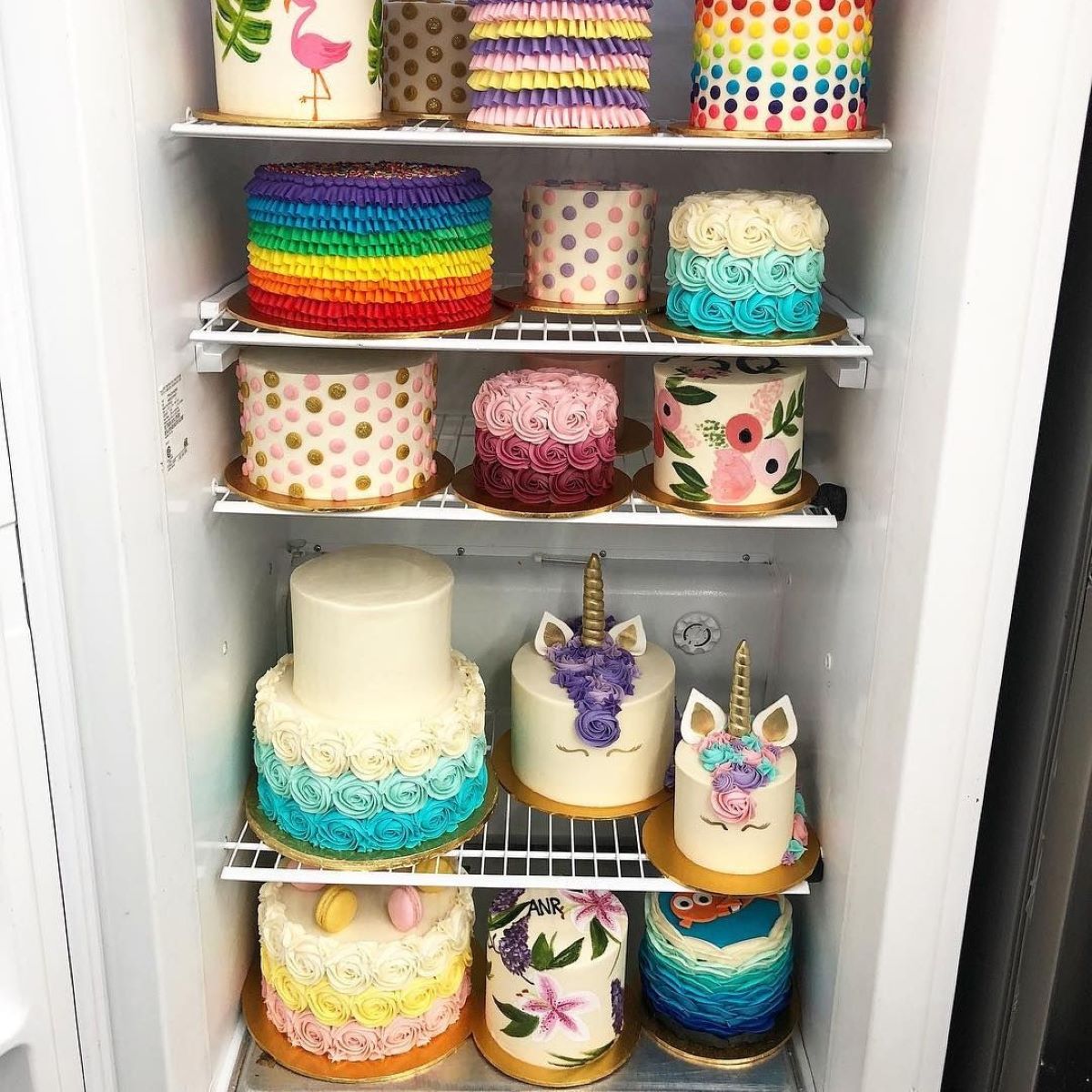
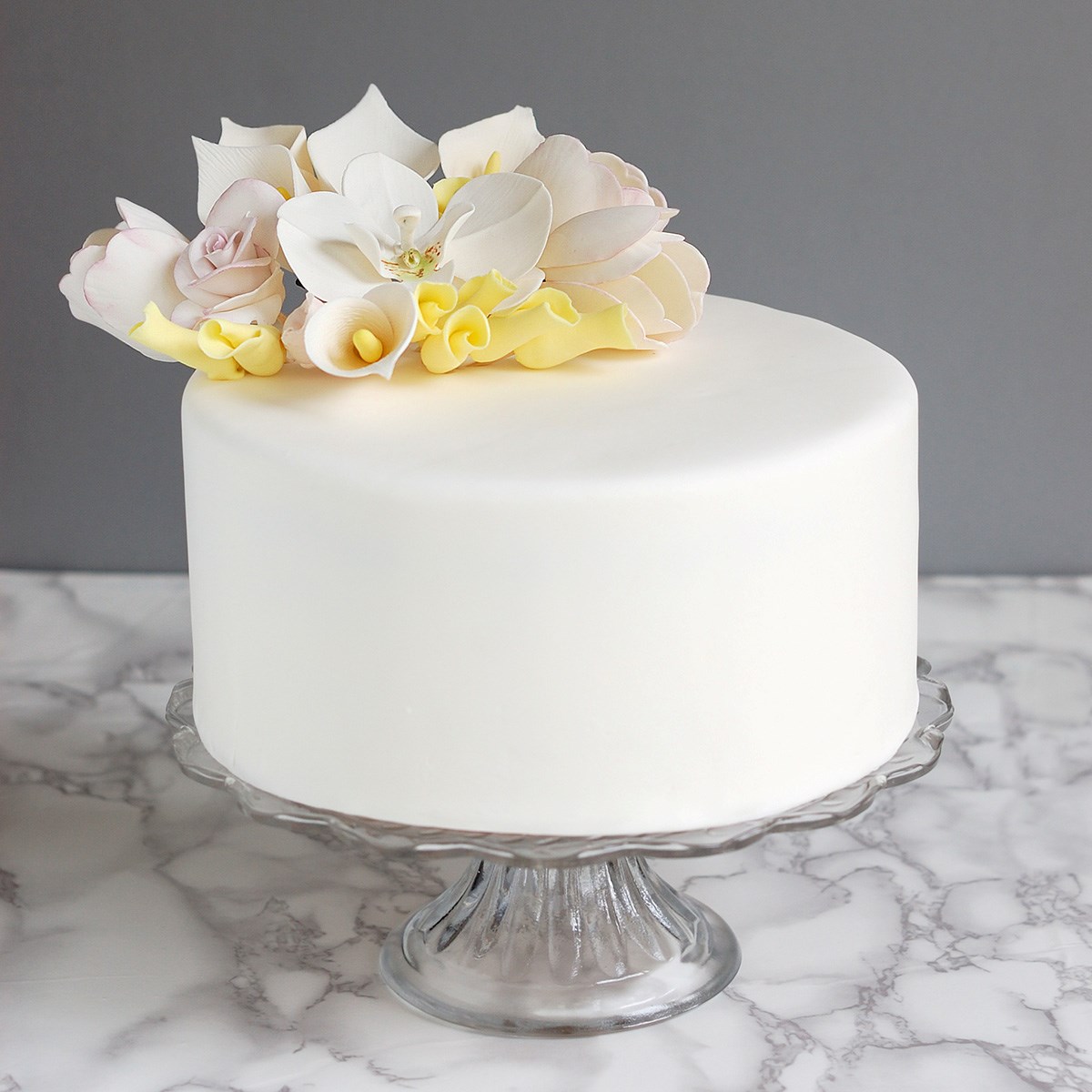
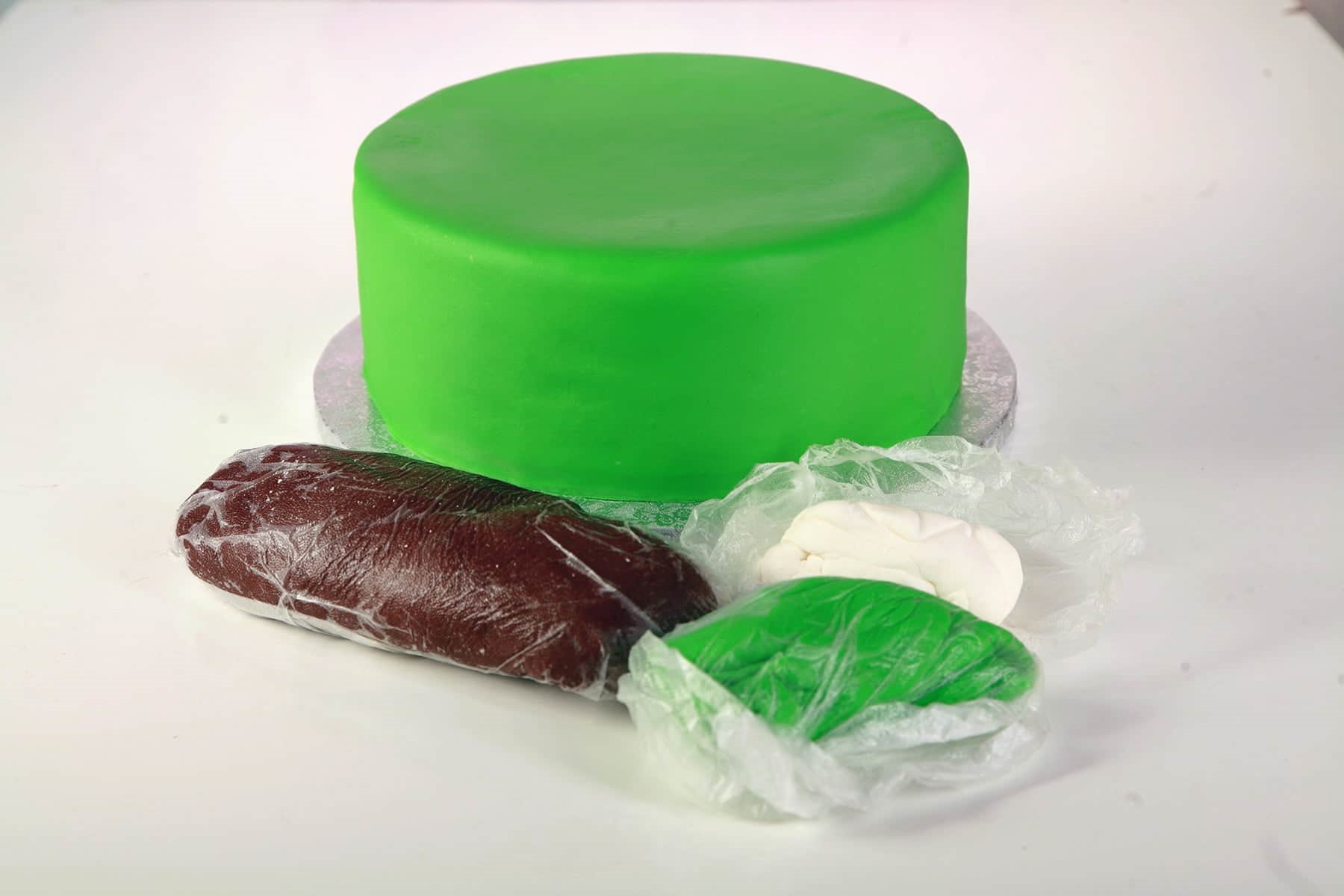
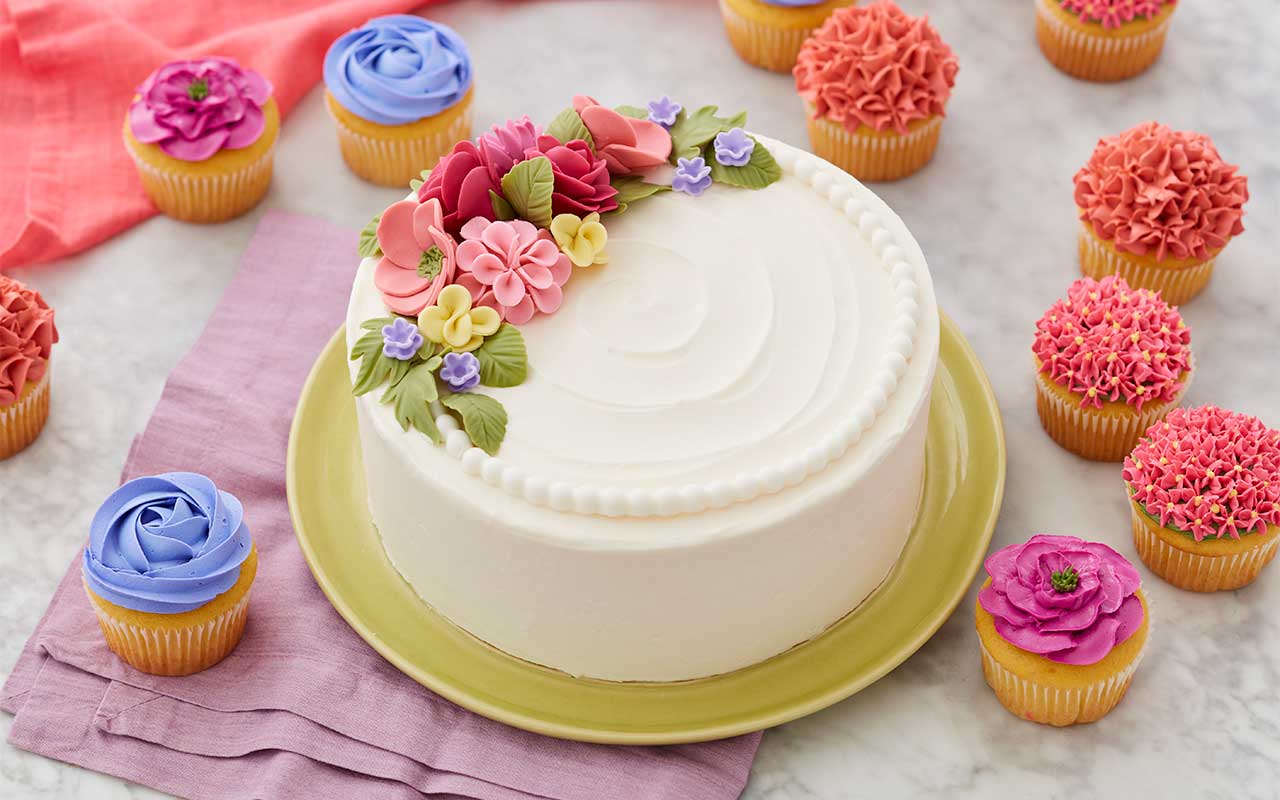
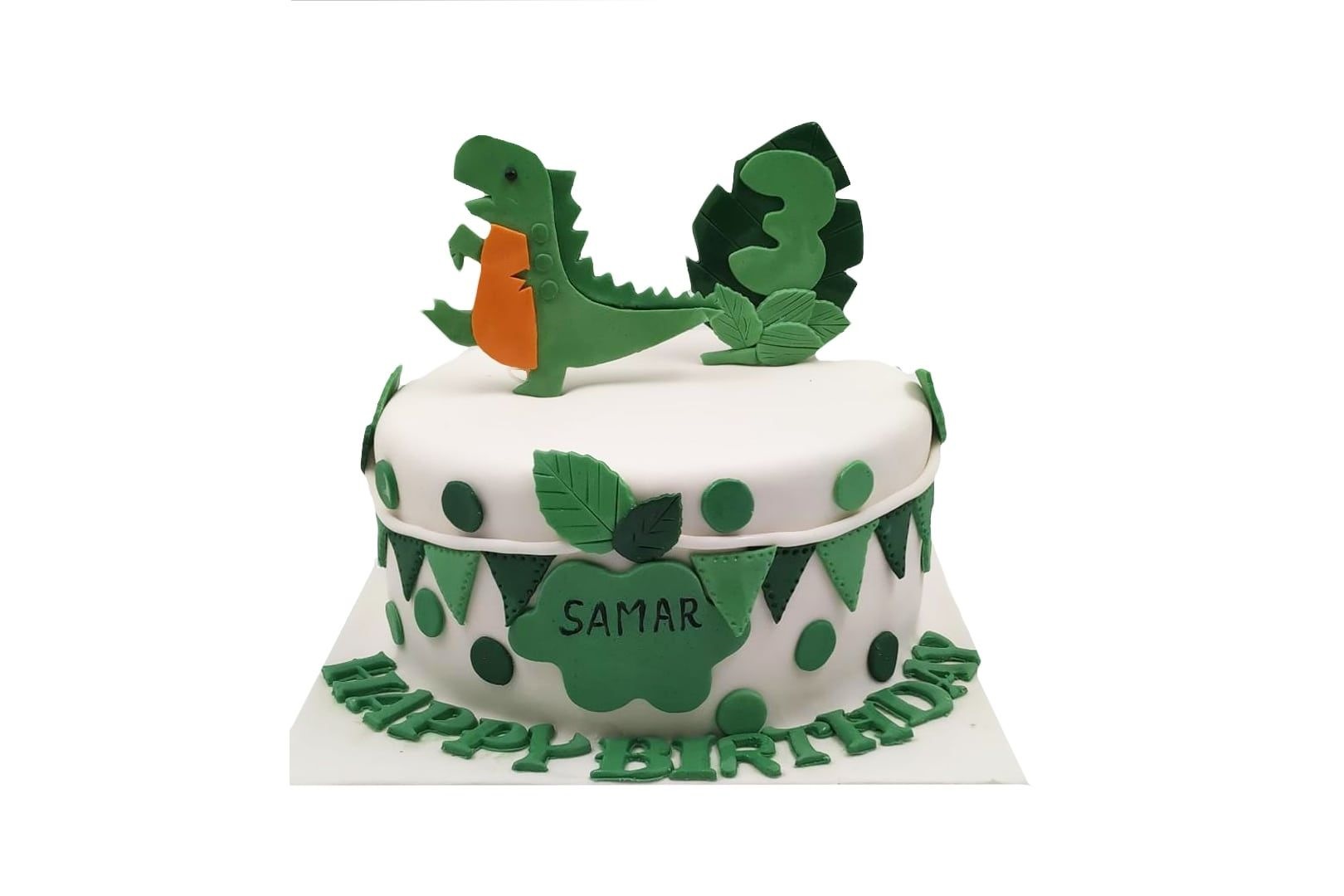
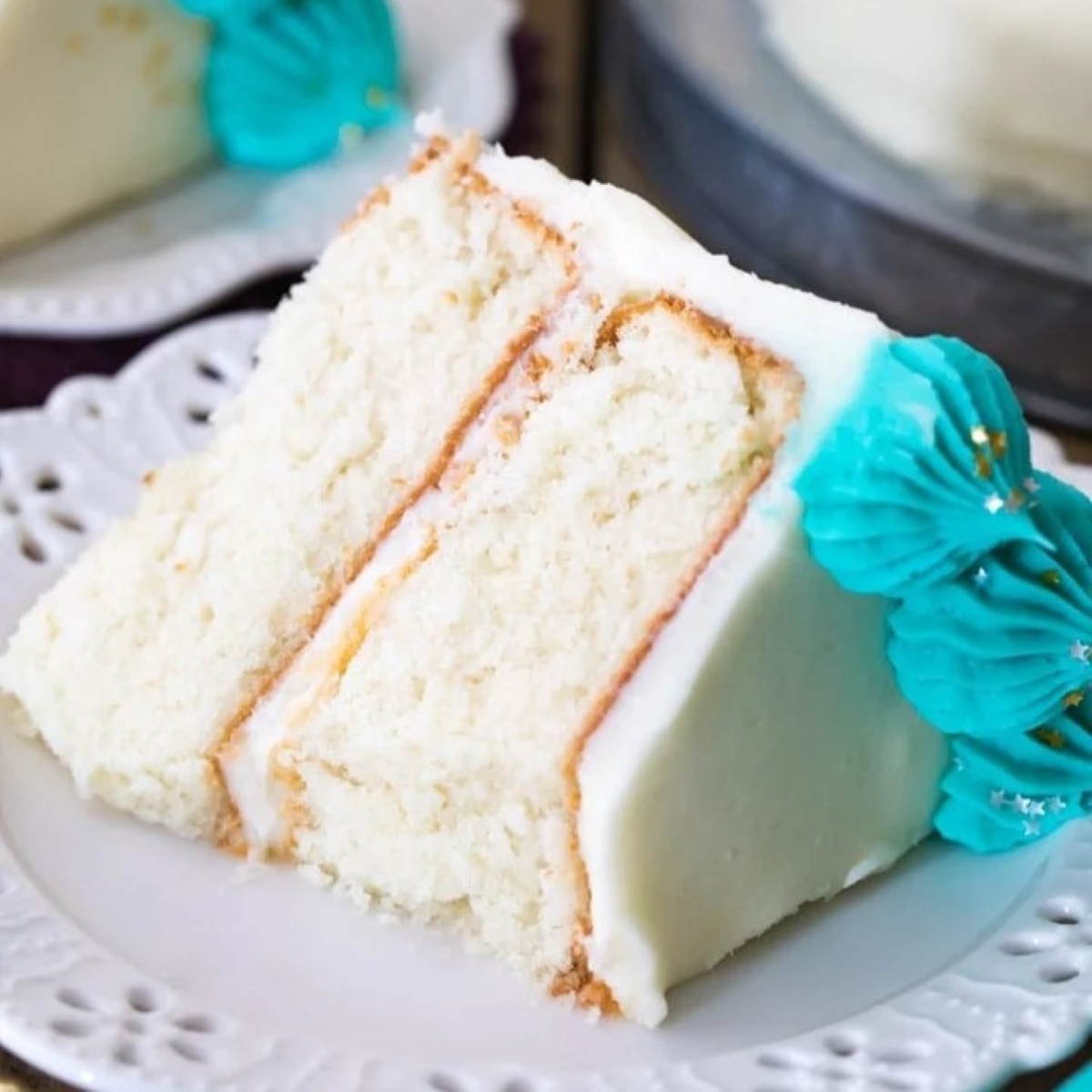

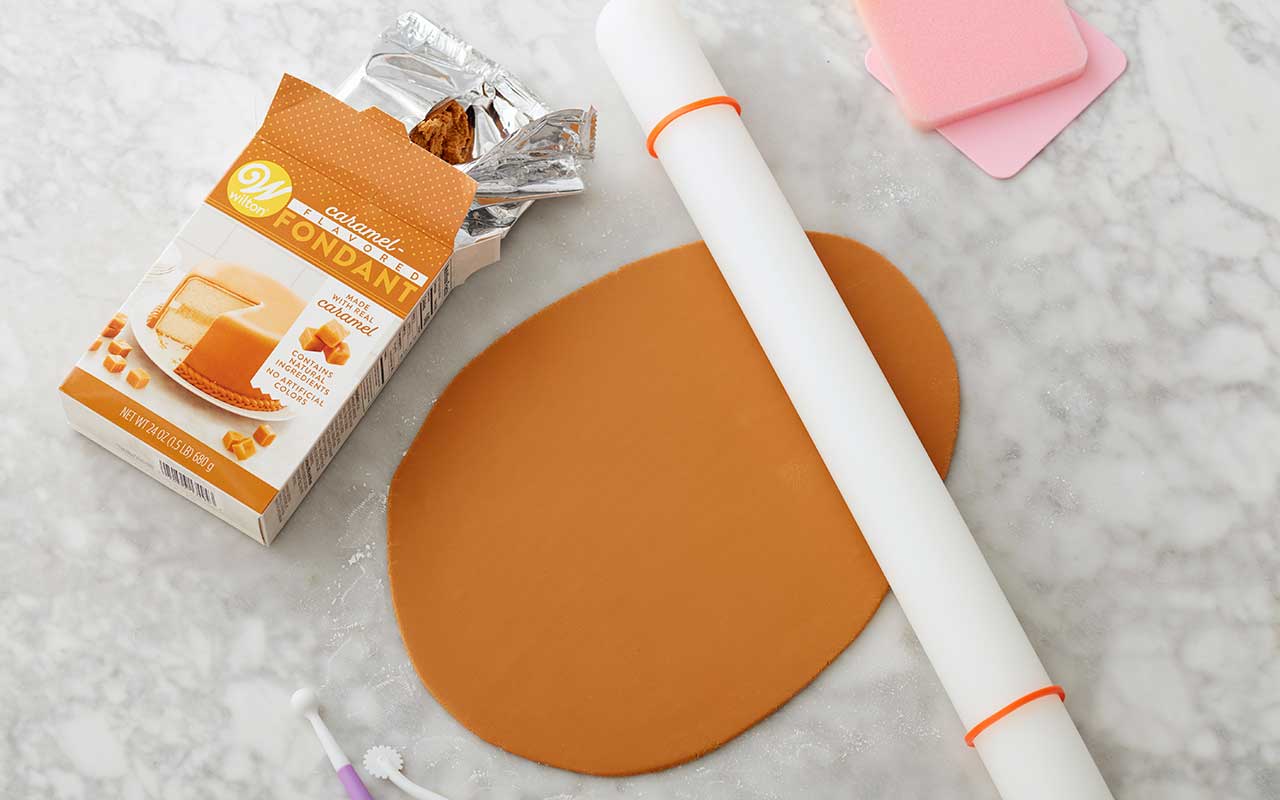
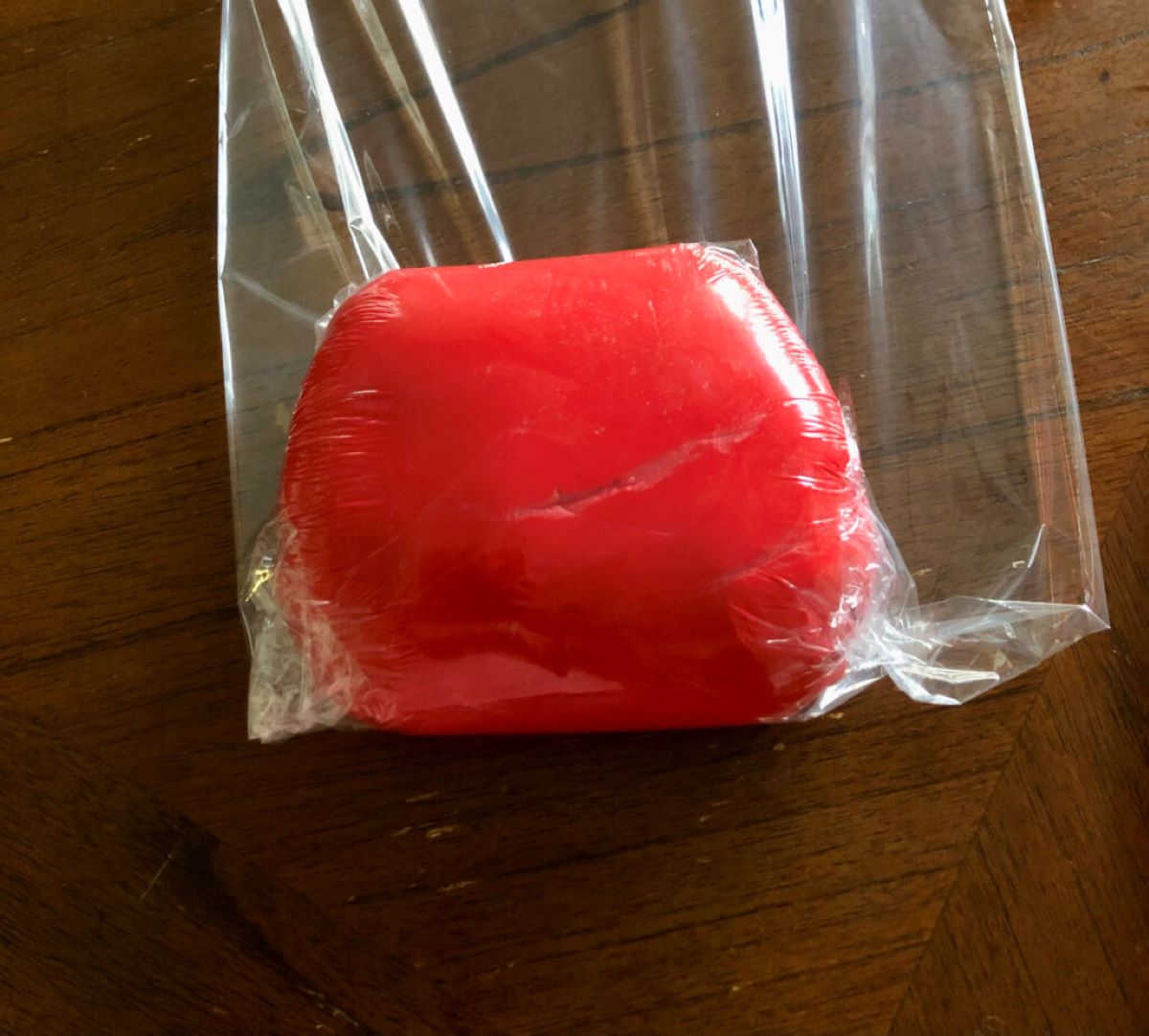
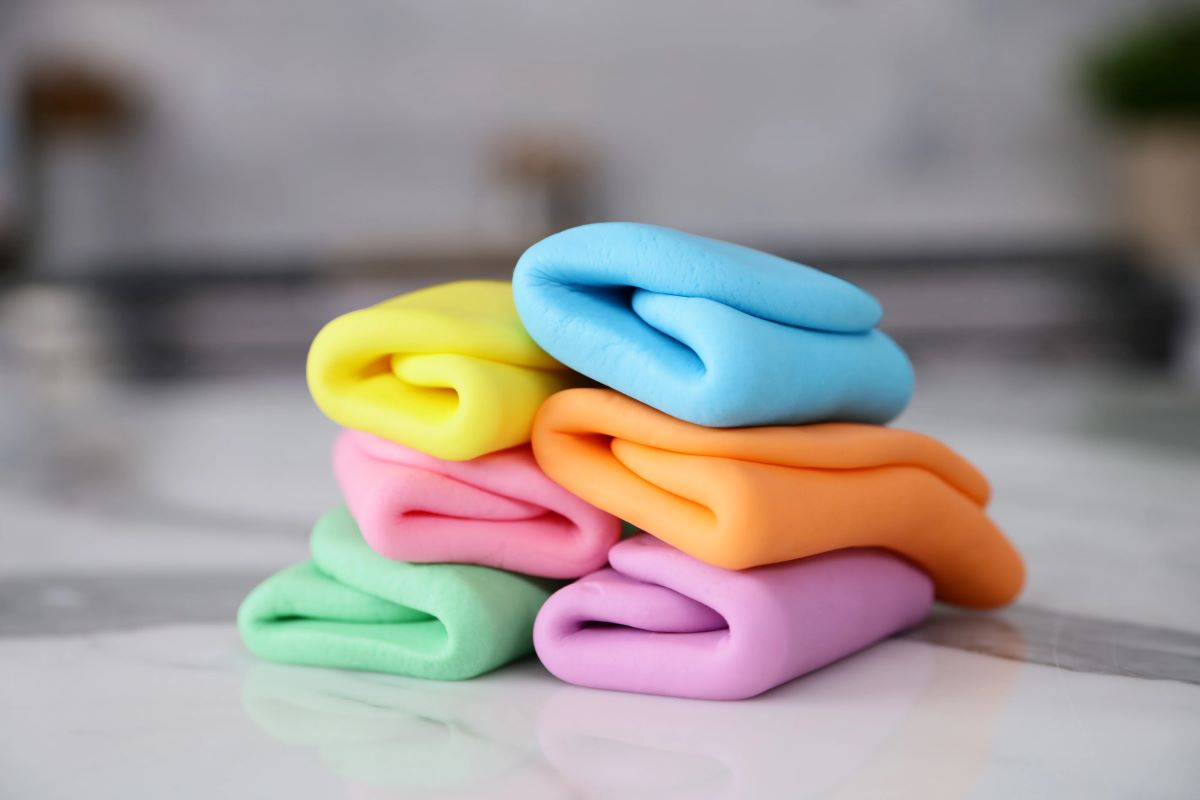
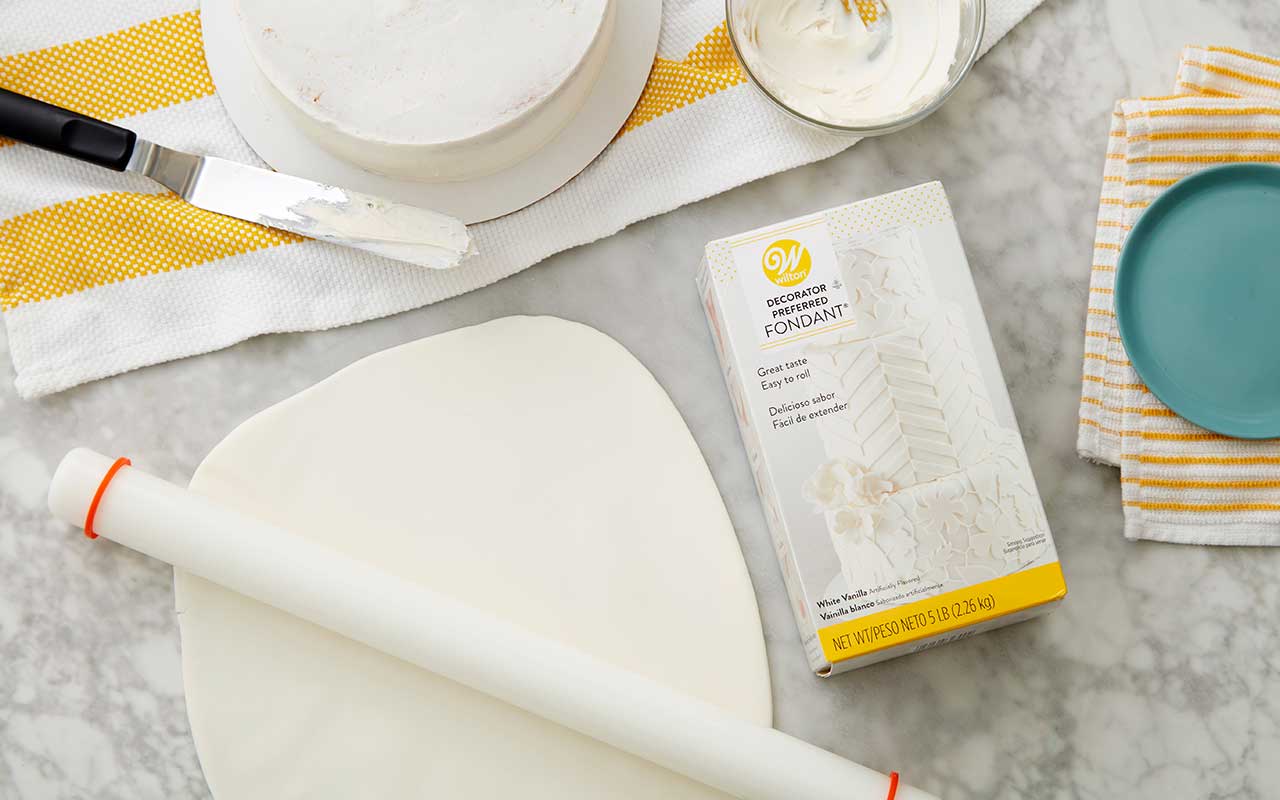


0 thoughts on “How To Store A Cake Covered In Fondant”